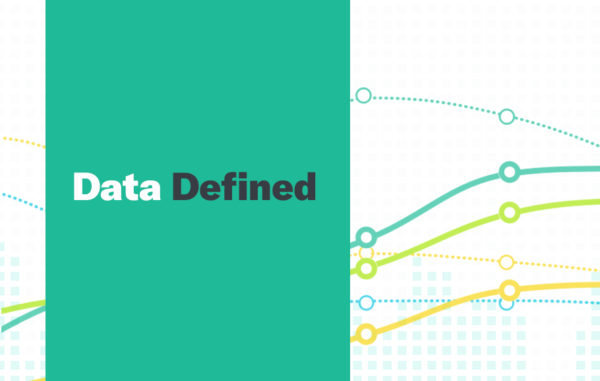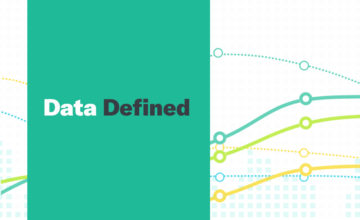Grid Computing Defined
Grid computing is a processor architecture that combines computer resources from various domains to work on a task together, thus functioning as if it was a supercomputer. In other terms, grid computing is the process of working on various tasks and specialized application within a network, with its main goal to solve problems that are too big for a supercomputer.
This type of computing architecture involves a grid, connected by parallel nodes to form a computer cluster. This cluster runs on an operating system and can vary in size from several networks to a small work station. This cluster is then connected to each PC or system and combines the gathered information to form on one application that is computation-intensive.
Grid operations are generally classified into two categories:
- Data Grid: A system that handles large distributed data sets used for data management and controlled user sharing.
- CPU Scavenging Grids: A cycle-scavenging system that moves projects from one PC to another as needed.
Advantages of grid computing include:
- Solving larger, more complex problems in a shorter period of time
- Easier ability to collaborate with other organizations
- More efficient use of existing hardware
In Data Defined, we help make the complex world of data more accessible by explaining some of the most complex aspects of the field.
Click Here for more Data Defined.


